Frame Your Artwork
Use custom framing to enhance the beauty of any artwork. Personalize the artwork for your office or home to make it truly unique. At Art 3 Gallery, we take special care with every frame job to make sure that your artwork is a reflection of your own personal style as well as preserved for generations to come.
When matting your artwork, always choose 100% acid-free or archival matting. Paper mats will cause your artwork to suffer from “burning” – this is where the acid in the mat leaches into the artwork and causes discolorations and stains which, over time, are irreversible. You can add color to the frame design with a properly chosen mat or you can choose a neutral color, such as ecru or antique white, that will set off the artwork. Sometimes a very small piece can be surrounded by a very large mat which will enable you to focus on the art more easily.
As with the mat, be sure to choose a tape or adhesive that is also acid-free. Tape especially can cause yellowing and often will dry out over time causing your artwork to slip inside of the mat. To avoid this, framers use hinges made of handmade paper. The fibers in hinging tape adhere to the fibers in the mat and paper, forming a bond that will hold the artwork in place safely and securely. Hinging is most often used for illustrations and paper pieces, such as watercolors.
Do not let the glass directly touch the surface of the artwork being framed. Over time moisture in the air will cause the glass to stick and ruin your piece. Avoid this by using spacers that go behind the glass, separating it from the artwork. Spacers can also be used as an aesthetic element creating depth in the framing design. A properly chosen mat will also achieve separation of glass and art. Choose conservation or museum glass to protect your art from the damaging effects of the sun which can dry out, fade or yellow the work.
Visit Art 3 Gallery and let one of our framing professionals help you to make your artwork the best that it can be.
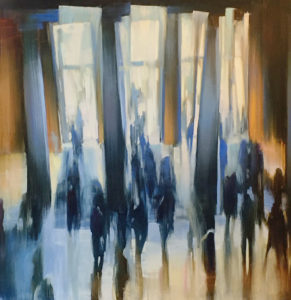
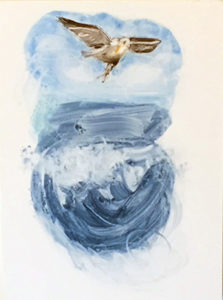
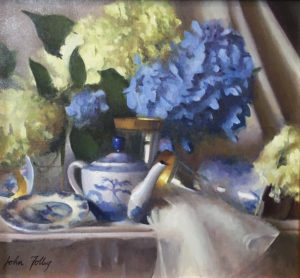

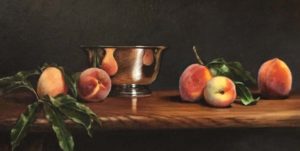


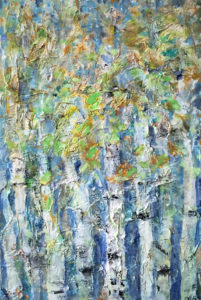
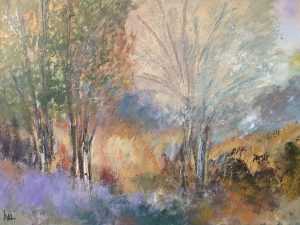
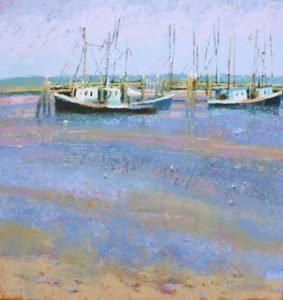

 ____________________________________________________________________________________________________________________
____________________________________________________________________________________________________________________

